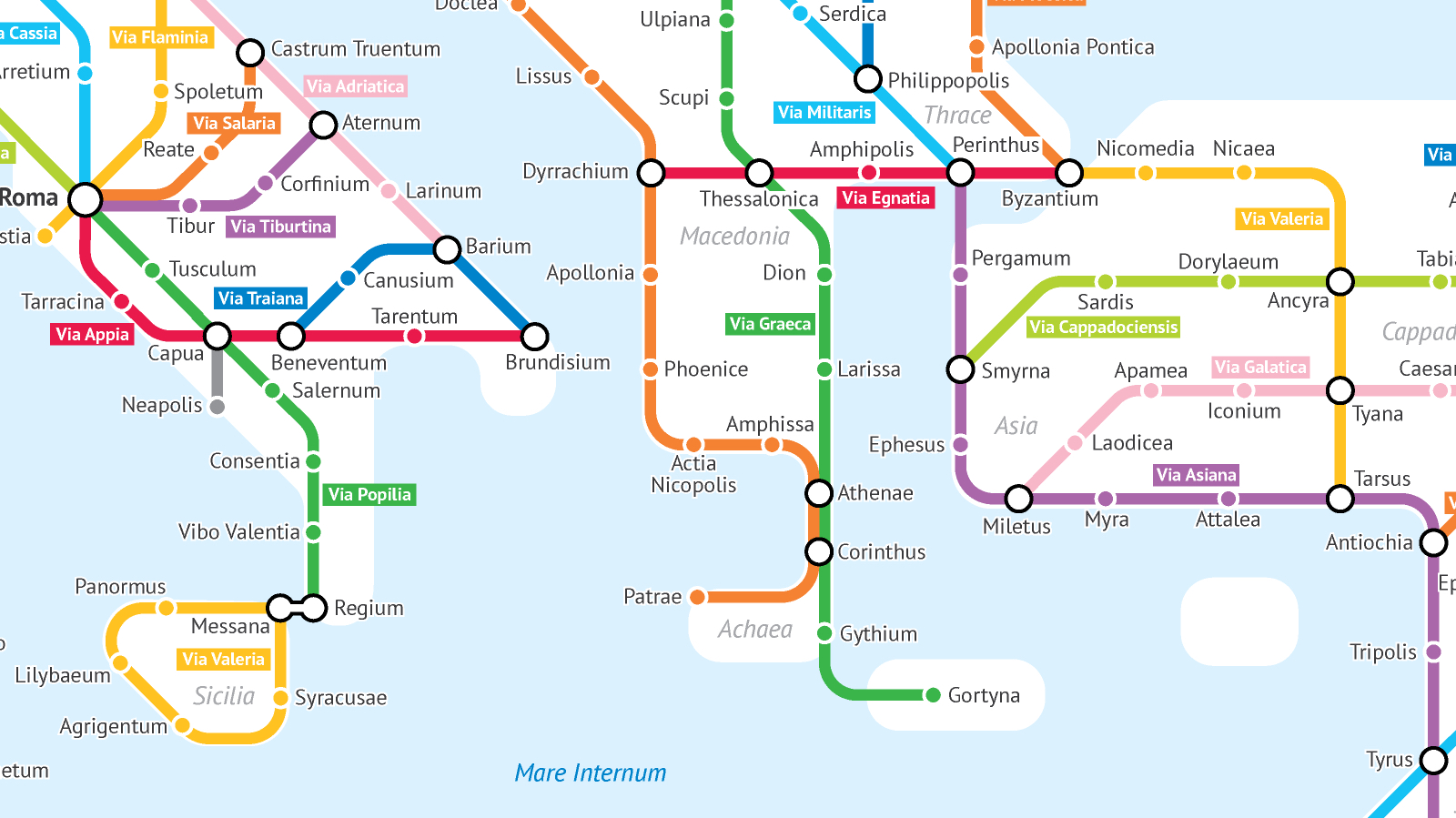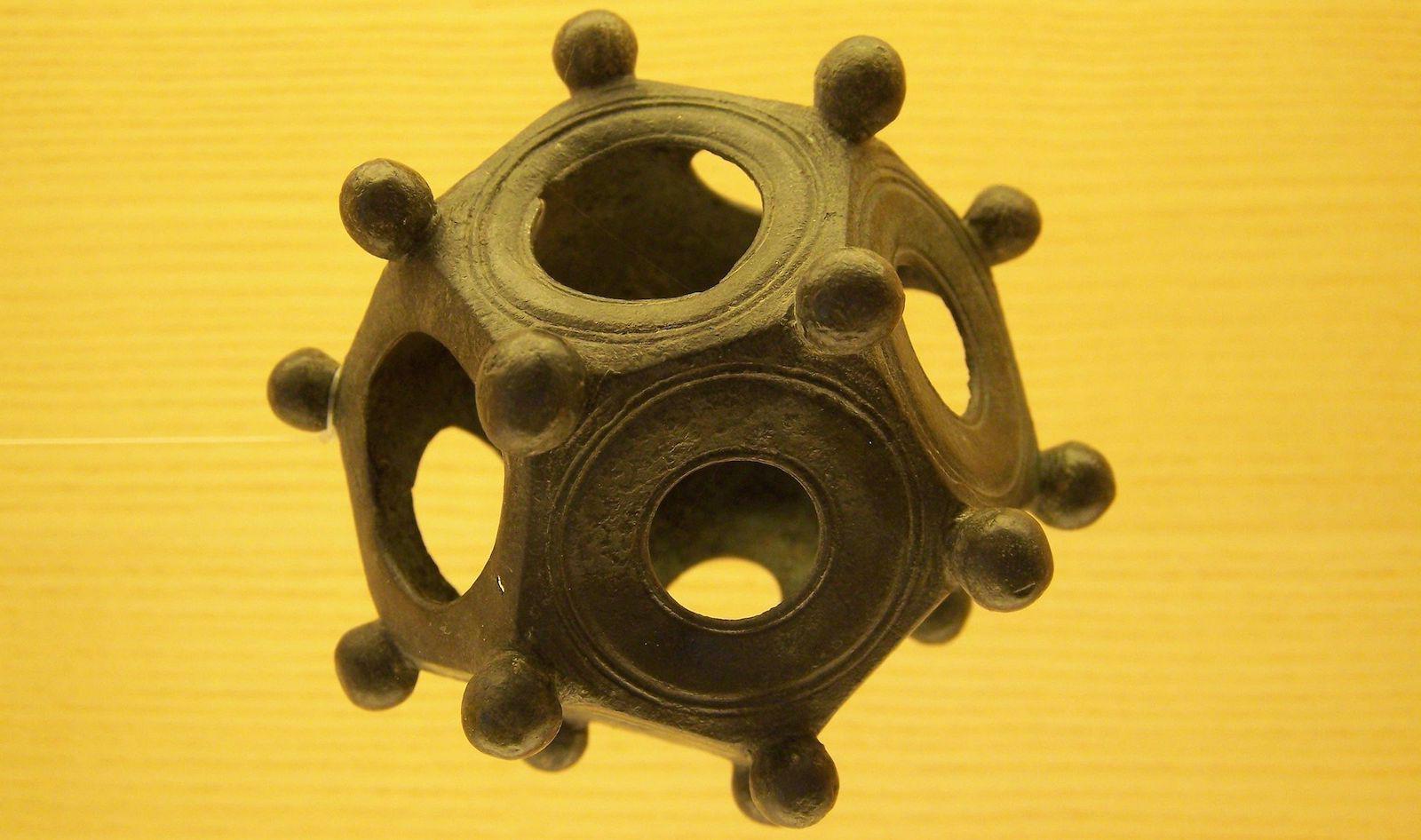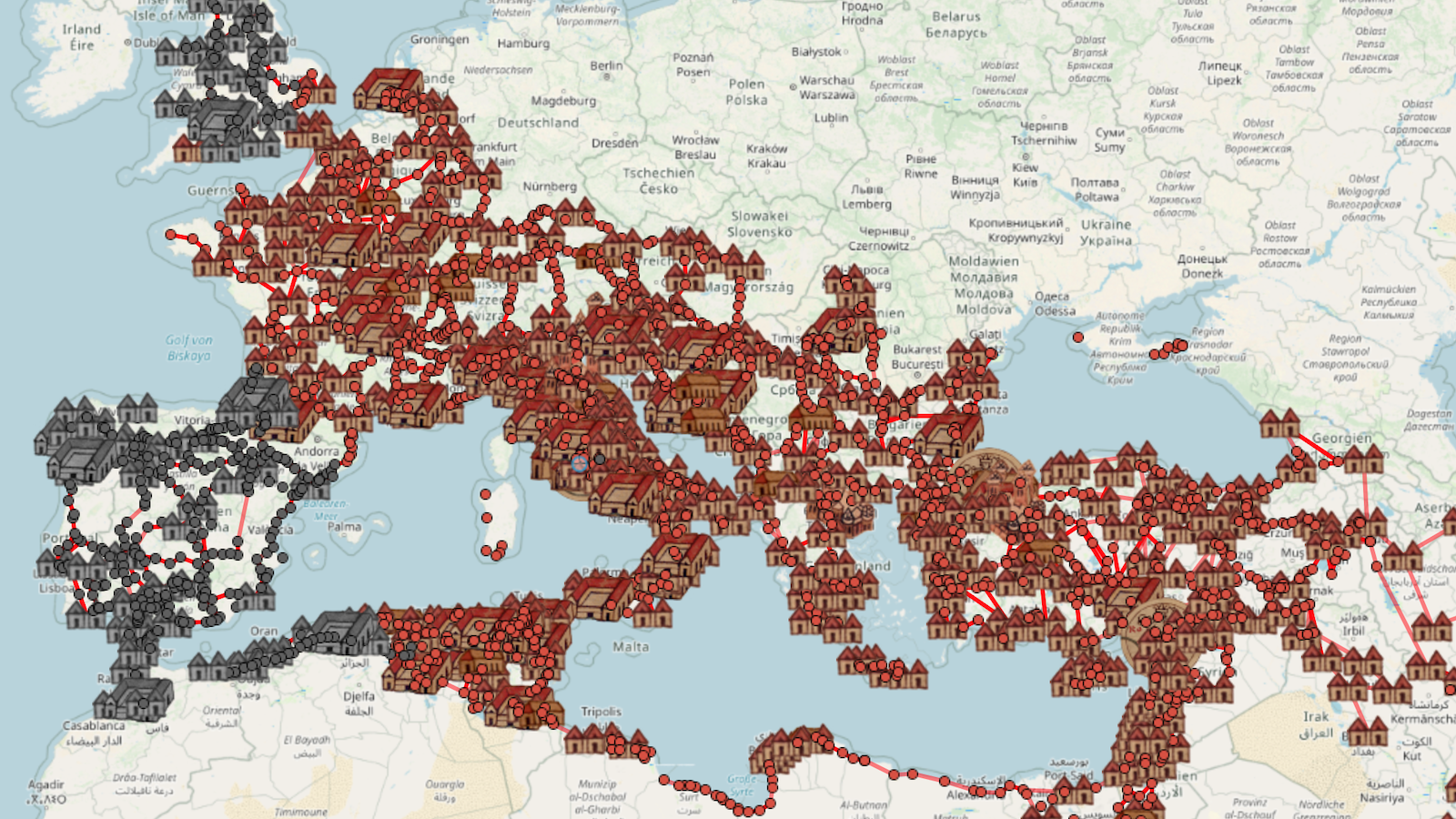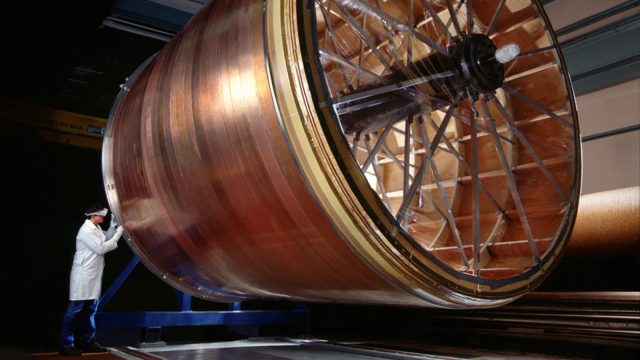Roman roads are still connecting Europe’s wealthiest areas

- At the height of its power, Rome’s empire extended from Scotland to Iraq.
- A sophisticated road network about 50,000 miles (80,000 km) long tied it all together.
- A new study shows that areas close to where a Roman road once stood are much more likely to be prosperous.
The Roman Empire is long gone, but its roads are still producing an after-effect. A new study shows that areas close to where a Roman road once stood are much more likely to be prosperous.
All roads lead to prosperity
At the height of its power, Rome’s empire extended from Scotland to Iraq. Tying together that vast territory was a sophisticated road network about 50,000 miles (80,000 km) long. Typically, the first function of a Roman road was as a military supply route.
The debate is ongoing whether Rome’s road builders always forged new paths, or sometimes followed pre-existing traffic corridors. Either way, traders soon followed soldiers across Rome’s conveniently straight and level paved roads, and many of the nodes in the network turned into bustling cities. When the Empire fell, much of its infrastructure disappeared, including its roads.
Yet a team from the University of Gothenburg has combined maps of the Roman road network with satellite imagery, and using the intensity of nocturnal illumination as an indicator of economic activity, has demonstrated a “remarkable pattern of persistence” between the old Roman roads and the modern corridors of economic activity.
“Given that much has happened since, much should have been adapted to modern circumstances”, says Ola Olsson, professor of economics at the School of Business, Economics, and Law at the University of Gothenburg, and one of the authors of the study. “But it is striking that our main result is that the Roman roads have contributed to the concentration of cities and economic activity along them, even though they are gone and covered by new roads.”
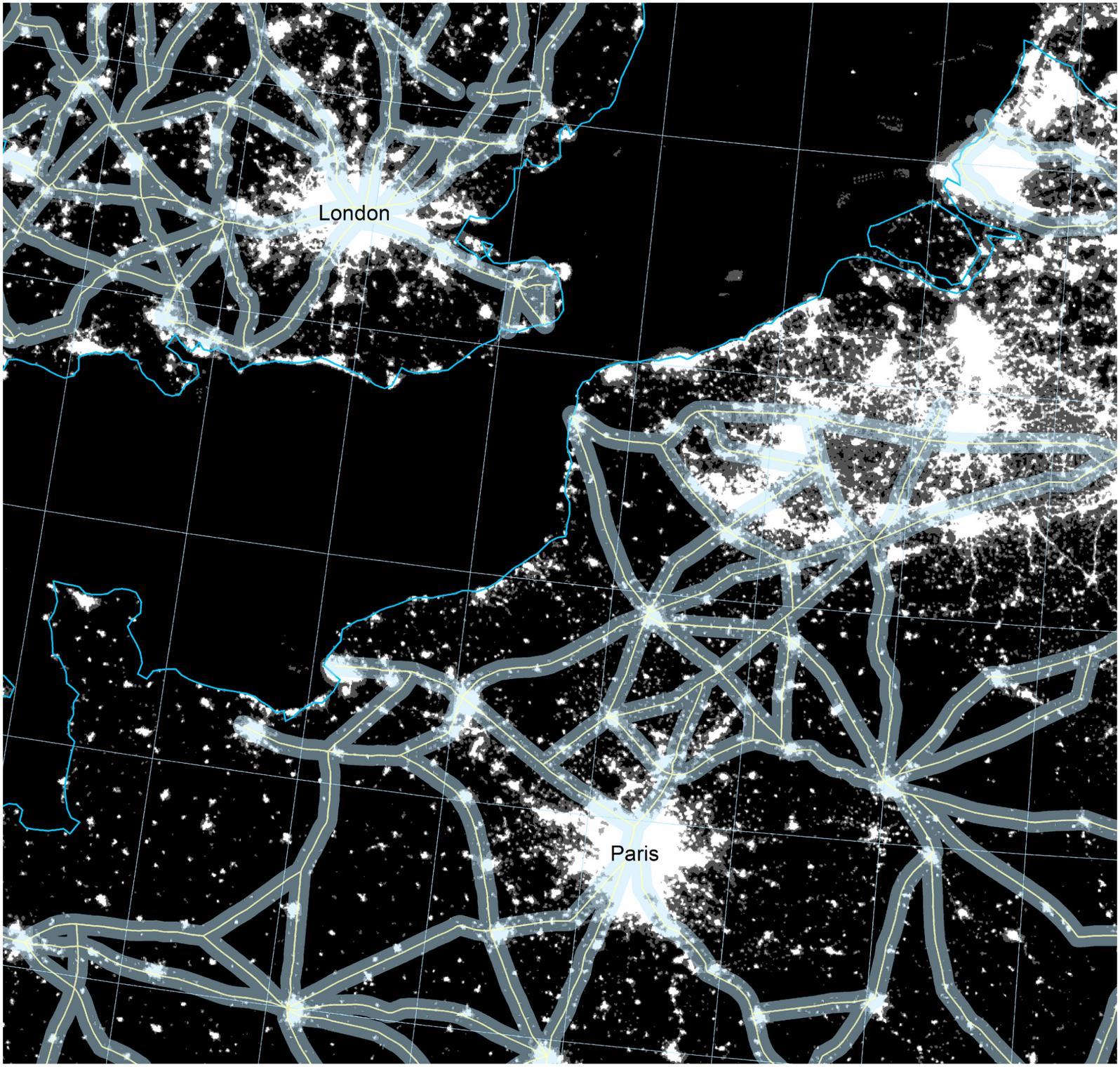
Instead of reorienting its economy, Medieval Europe eventually refurbished the Roman roads, or retraced their routes with new ones. The reason was that even as the Roman roads disappeared, the urban landscape remained. So it made sense to restore the most obvious connections between the urban centers.
But not in Africa or the Middle East
What Roman road engineer could have dreamed his work would have such a lasting impact? But things didn’t pan out the same way in other parts of the former Empire.
For example, in Northern Africa and the Middle East, wheeled transport was gradually replaced by camel caravans from the 4th to the 6th centuries. So there was no need to fix up or replace the Roman roads in those areas. As a result, there is much less overlap in North Africa and the Middle East between Roman and modern zones of prosperity.
And today’s road builders? They needn’t worry about their earthbound legacy. We’ll all get our jetpacks and flying cars any day now.
More here via News and Events at the University of Gothenburg.
Read the abstract or access the entire article here at the Journal of Comparative Economics.
Strange Maps #1181
Got a strange map? Let me know at strangemaps@gmail.com.
Follow Strange Maps on Twitter and Facebook.
